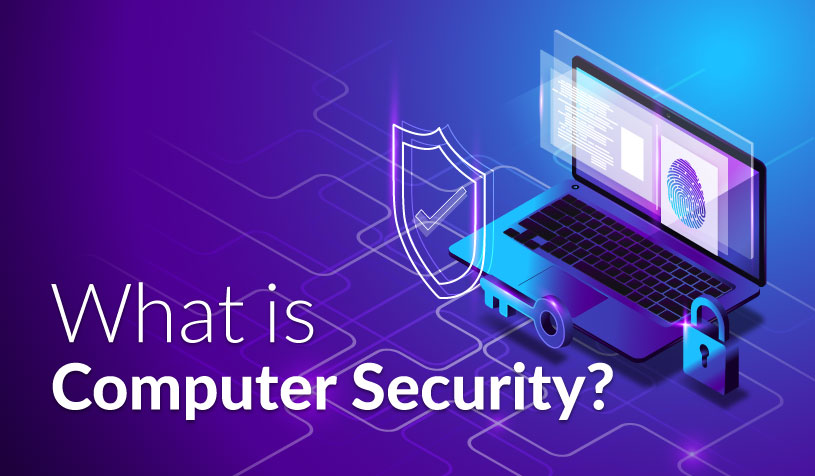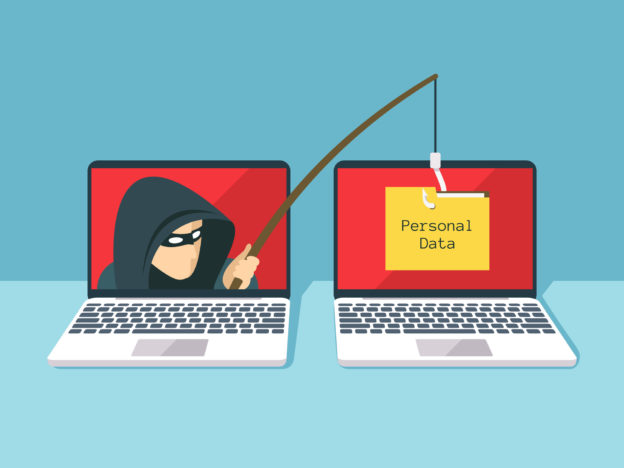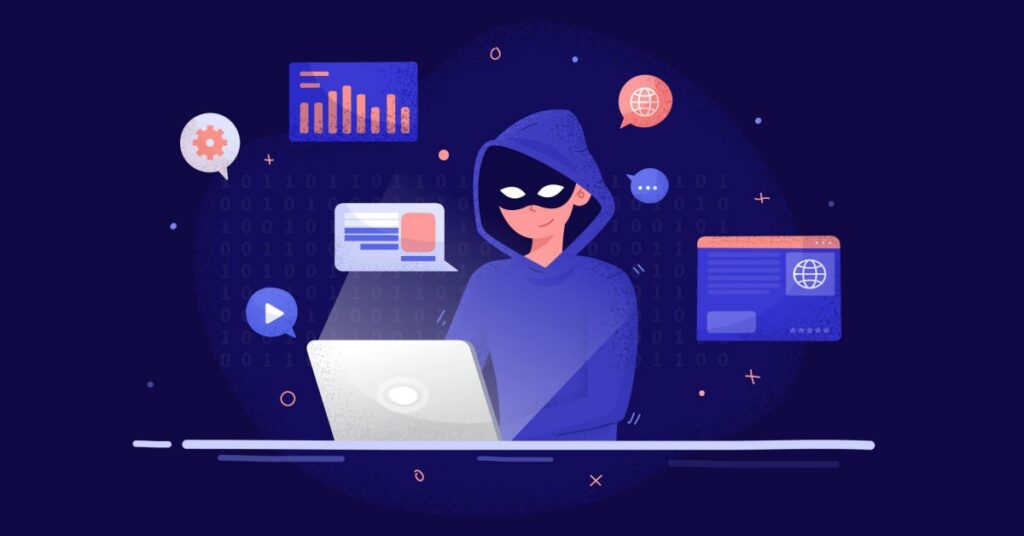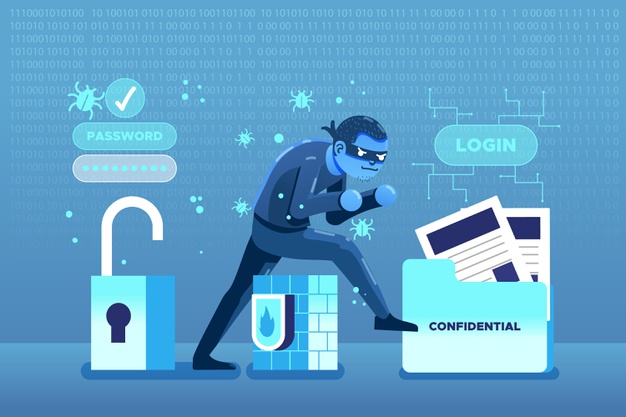
Nov 13, 2022
0 Comment by ViewersCybersecurity is the protection of internet-connected systems against cyber threats such as hardware, software, and data. Individuals and businesses utilize the method to prevent illegal access to data centers and other digital systems.
A robust cybersecurity strategy can provide a good security posture against hostile attacks aimed at gaining access to, altering, deleting, destroying, or extorting an organization’s or user’s systems and sensitive data. Cybersecurity is also important in thwarting attacks that try to disable or impair the operation of a system or device.

With an expanding number of users, devices, and programs in contemporary organizations, as well as an increasing deluge of data, most of it is sensitive or secret, the relevance of cybersecurity is growing. The increasing volume and skill of cyber attackers and attack strategies exacerbate the situation.
The cybersecurity area is divided into numerous components, each of which must be coordinated inside the company to ensure the effectiveness of a cybersecurity program. These parts are as follows:
Maintaining cybersecurity in an ever-changing threat landscape presents a challenge for all companies. Traditional reactive approaches, in which resources were directed toward protecting systems against the most well-known threats while leaving lesser-known threats undefended, are no longer adequate. A more proactive and flexible strategy is required to stay up with shifting security dangers. Several important cybersecurity advisory bodies provide assistance. To defend against known and unknown threats, the National Institute of Standards and Technology (NIST) recommends using continuous monitoring and real-time assessments as part of a risk assessment framework.
The benefits of implementing and maintaining cybersecurity practices include:

Cyber threats can be classified as follows:
Hackers, data loss, privacy, risk management, and changing cybersecurity techniques all provide ongoing challenges to cybersecurity. The number of cyberattacks is unlikely to fall in the foreseeable future. Furthermore, increasing attack vectors, like the emergence of the internet of things (IoT), raise the need to safeguard networks and devices.
The changing nature of security dangers is one of the most difficult aspects of cybersecurity. New attack channels emerge as new technologies emerge and technology is exploited in new or different ways. It can be difficult to keep up with the constant changes and developments in assaults, as well as to update strategies to guard against them. Concerns include ensuring that all aspects of cybersecurity are kept up to date in order to defend against any vulnerabilities. This can be especially challenging for smaller firms that lack people and in-house resources.
Furthermore, corporations can collect a large amount of prospective data about individuals who utilize one or more of their services. As more data is collected, the probability of a cybercriminal attempting to steal personally identifiable information (PII) increases. For example, a company that saves personally identifiable information on the cloud may be the target of a ransomware assault. Organizations should do all possible to avoid a cloud compromise.
Read More About: Spyware On Phone: How to Find and Remove
Employees may carry malware into the office on their computers or mobile devices, thus cybersecurity strategies should include end-user education. They may help keep their firm secure from cyber threats by receiving regular security awareness training.
Another cybersecurity concern is a scarcity of skilled cybersecurity workers. As the volume of data gathered and used by organizations grows, so does the demand for cybersecurity personnel to evaluate, manage, and respond to problems. (ISC)2 estimates a 3.1-million-person workforce gap between needed cybersecurity positions and security specialists.

Automation has become an essential component in protecting businesses from the increased quantity and sophistication of cyber-attacks. Using artificial intelligence (AI) and machine learning in areas with large amounts of data can assist enhance cybersecurity in three ways:
Other features of cybersecurity automation include attack categorization, malware classification, traffic analysis, compliance analysis, and more.
Cybersecurity vendors typically provide a wide range of security products and services. The following are examples:
Check Point, Cisco, Code42, CrowdStrike, FireEye, Fortinet, IBM, Imperva, KnowBe4, McAfee, Microsoft, Palo Alto Networks, Rapid7, Splunk, Symantec, Trend Micro, and Trustwave are among the well-known cybersecurity vendors.

As the cyber threat landscape evolves and new risks arise, such as IoT threats, personnel with cybersecurity knowledge and hardware and software expertise are in high demand.
Security positions need IT experts and other computer skills, such as:
Security consultants, data protection officers, cloud security architects, security operations management (SOC) managers and analysts, security investigators, cryptographers, and security administrators are some more cybersecurity occupations.